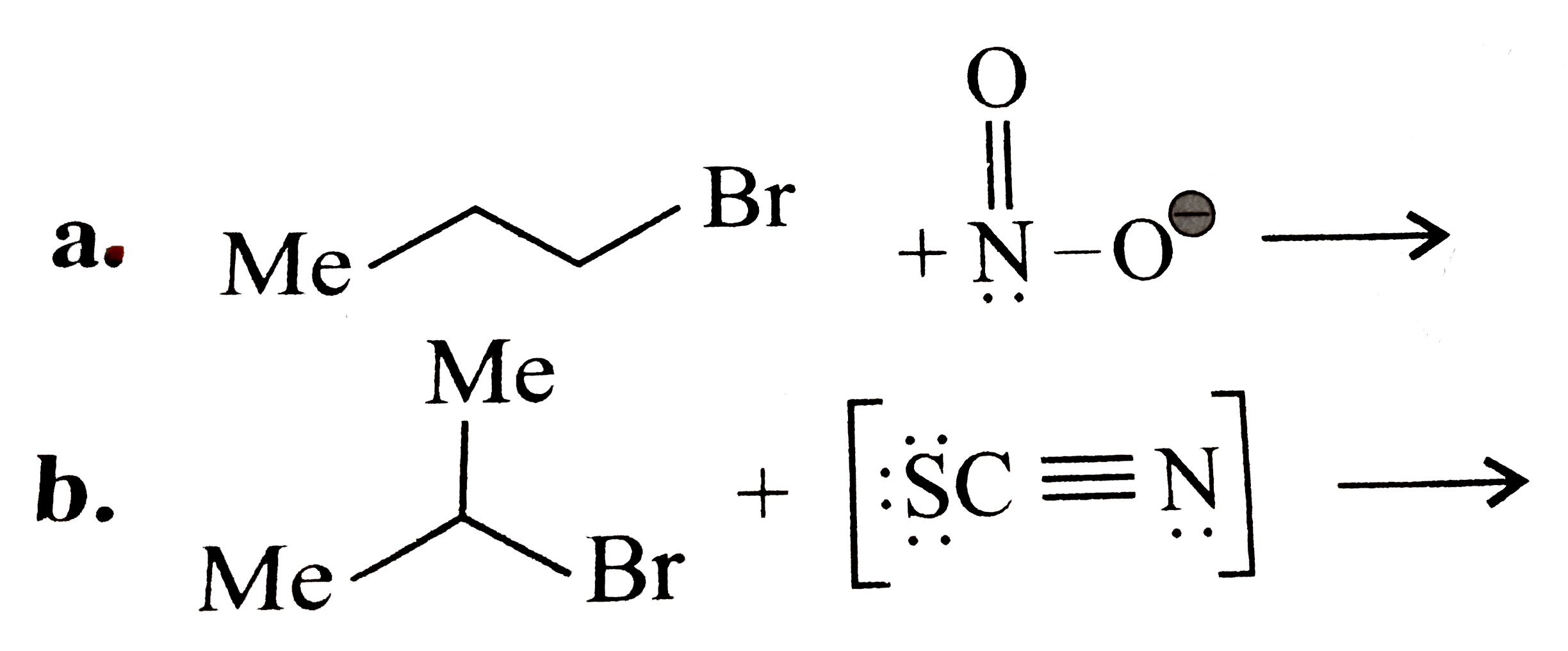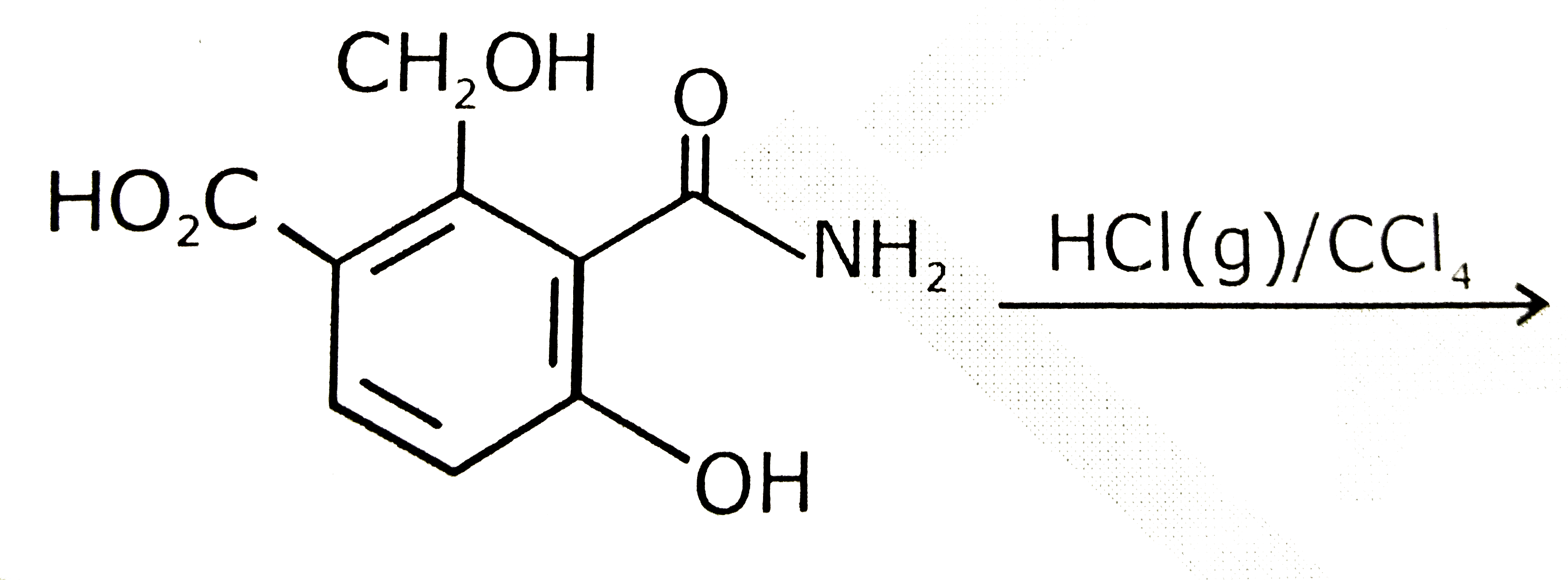Give the structures of the main organic substitution products expected from the reaction of 1-bromobutane with (CH3)3N
To determine the main organic substitution products expected from the reaction of 1-bromobutane with (CH₃)₃N (trimethylamine), we can follow these steps:
Step 1: Identify the Reactants
1-bromobutane is our alkyl halide, and trimethylamine is our nucleophile. The structure of 1-bromobutane can be represented as follows:
Br∣H3C−CH2−CH2−CH3
Step 2: Understand the Mechanism
The reaction will proceed via an SN2 mechanism because:
- 1-bromobutane is a primary alkyl halide, which is favorable for SN2 reactions.
- Trimethylamine (CH₃)₃N acts as a nucleophile due to the presence of a lone pair of electrons on the nitrogen atom.
Step 3: Draw the Structure of Trimethylamine
Trimethylamine can be represented as:
CH3∣CH3−N−CH3
Step 4: Nucleophilic Attack
In the SN2 mechanism, the nucleophile (trimethylamine) will attack the carbon atom bonded to the bromine atom. The bromine atom will act as a leaving group. The lone pair from the nitrogen will form a bond with the carbon, and the bond between the carbon and bromine will break.
Step 5: Draw the Product
After the nucleophilic attack and the departure of the bromine, the product formed will be:
CH3∣CH3−N−CH2−CH2−CH3
This product is N-trimethylbutylamine.
Step 6: Final Structure
The final structure of the main organic substitution product is:
CH3∣CH3−N−CH2−CH2−CH3
Summary of the Reaction
1-bromobutane reacts with trimethylamine to form N-trimethylbutylamine via an SN2 mechanism, where the bromine atom is substituted by the trimethylamine.
---
1-bromobutane is our alkyl halide, and trimethylamine is our nucleophile. The structure of 1-bromobutane can be represented as follows:
The reaction will proceed via an SN2 mechanism because:
- 1-bromobutane is a primary alkyl halide, which is favorable for SN2 reactions.
- Trimethylamine (CH₃)₃N acts as a nucleophile due to the presence of a lone pair of electrons on the nitrogen atom.
Trimethylamine can be represented as:
In the SN2 mechanism, the nucleophile (trimethylamine) will attack the carbon atom bonded to the bromine atom. The bromine atom will act as a leaving group. The lone pair from the nitrogen will form a bond with the carbon, and the bond between the carbon and bromine will break.
After the nucleophilic attack and the departure of the bromine, the product formed will be:
The final structure of the main organic substitution product is:
1-bromobutane reacts with trimethylamine to form N-trimethylbutylamine via an SN2 mechanism, where the bromine atom is substituted by the trimethylamine.
Topper's Solved these Questions
- HALOALKANES AND HALOARENES BOOK - ICSECHAPTER - HALOALKANES AND HALOARENES EXERCISE - EXERCISE (PART - II DESCRIPTIVE QUESTIONS) (SHORT ANSWER QUESTIONS)
94 Videos
- HALOALKANES AND HALOARENES BOOK - ICSECHAPTER - HALOALKANES AND HALOARENES EXERCISE - EXERCISE (PART - II DESCRIPTIVE QUESTIONS) (LONG ANSWER QUESTIONS)
65 Videos
- HALOALKANES AND HALOARENES BOOK - ICSECHAPTER - HALOALKANES AND HALOARENES EXERCISE - EXERCISE (PART - I OBJECTIVE QUESTIONS)
1 Videos
- GENERAL PRINCIPLES AND PROCESSES OF ISOLATION OF ELEMENTS BOOK - ICSECHAPTER - GENERAL PRINCIPLES AND PROCESSES OF ISOLATION OF ELEMENTS EXERCISE - EXERCISE (PART-I ( OBJECTIVE QUESTIONS )) (Fill in the blanks)
60 Videos
- ISC QUESTION PAPERBOOK - ICSECHAPTER - ISC QUESTION PAPEREXERCISE - PART-II(SECTION-B)
74 Videos
Similar Questions
Knowledge Check
What is the major product expected from the following reaction ?
 A
A B
B C
C D
D
Write the structure of the major organci product expected from the following reaction .
 .
.
View SolutionWrite the structure of the major organic product expected form the following reaction:

View SolutionWrite the structure of major organic product expected from the following reaction.

View SolutionGive the products of the following organic reactions :

View SolutionWrite the structures of the major products expected from the following reactions:
(a) Mononitration of 3-methylphenol
(b) Dinitration of 3-methylphenol
(c) Mononitration of phenyl methanoate.
View SolutionThe major product expected from the following reaction is :

View SolutionWrite the structure of the major organic product expected from each of the following reactions:
CH3CH2CHCl2Boil−−→alkali
View Solution
